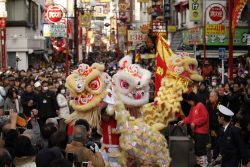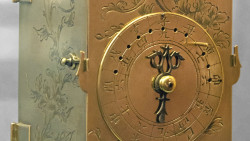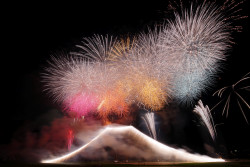
September 25, 2018
Musing Over Mie
Metropolis experiences the beauty and style of Mie Prefecture
Mie Prefecture is one of Japan’s best-kept secrets, the kind of destination that you would only share with your close friends. Most Japanese have visited Ise’s sacred shrine at least once in their lives, however, it remains relatively unexplored by foreigners who prefer to visit places like Kyoto, Nara or Naoshima. This beautiful part of the country offers insights into Japan’s ancient culture and traditions as well as great sea views, fantastic seafood and local craftsmanship off the beaten tracks.
How to get there
From Tokyo: Take the Tokaido Shinkansen to Nagoya Station (one hour 40 minutes) then change for the Kintetsu Limited Express train to Iseshi Station (one hour 25 minutes). You can expect to see rice fields and tea plantations on the way, and perhaps even a glimpse of Mt. Fuji if the sky is clear.

Where to stay
The beautiful Amanemu resort is the place to stay if you visit Mie Prefecture. Perched on the shores of Ago Bay (“the Bay of Pearls”), Amanemu offers a peaceful retreat in the middle of Ise-Shima National Park. Each of the 24 suites and four villas has been designed as a modern sanctuary with a ryokan feel – think minimalist design, light wood furniture, soaking tubs with hot-spring water on tap and, for at least most rooms, stunning sea views.
The restaurant serves delicious Japanese cuisine using local ingredients, but it is most certainly the 2000-square meter spa that will win your heart. Featuring two large open-air baths filled with mineral-rich water, Amanemu is taking the traditional onsen experience to a whole new level.
As tempting as it would be to spend the day getting pampered at the spa or lounging by the 33-meter infinity pool with a Mebuki cocktail (green tea, vodka, champagne and lime) in hand, you should not miss a chance to see the beautiful sites the region has to offer. Here is a selection of the best ones for you.
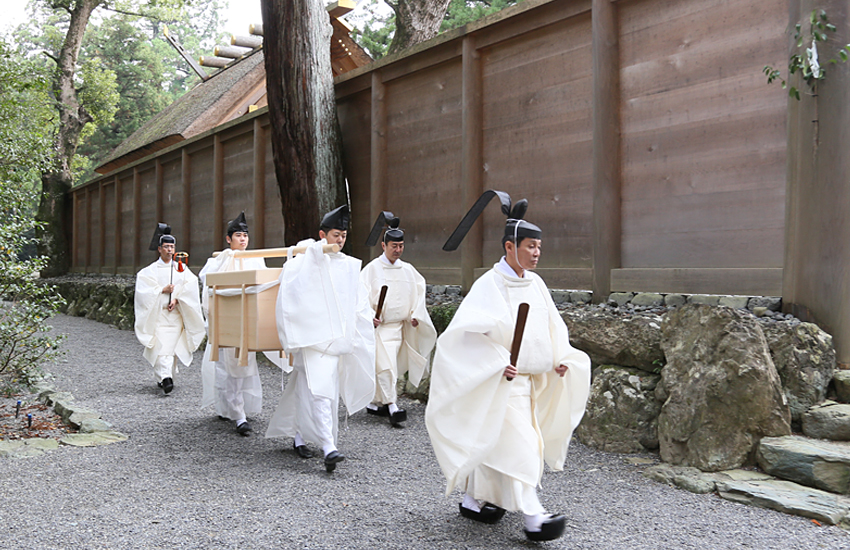
ISE
Start your trip with a visit to Japan’s most sacred Shinto shrine – Ise Jingu. Surrounded by a dense forest of giant cypress trees, the site includes 125 shrines centred around two major points: the Maiku inner shrine which is dedicated to the Sun goddess and ancestral deity of the Imperial Family Amaterasu Omikami; and the Geku outer shrine dedicated to Toyouke no Omikami, the goddess of food, agriculture and shelter.
Both the inner and outer shrines are rebuilt every twenty years, using identical plans and techniques, but in a different location. This tradition has been performed for over 1,300 years in order to celebrate the endless renewal and impermanence of nature.
If you are lucky, you may be able to witness one of the ancestral rituals and ceremonies, which are conducted throughout the year. Very few places carry such a strong energy and peacefulness.
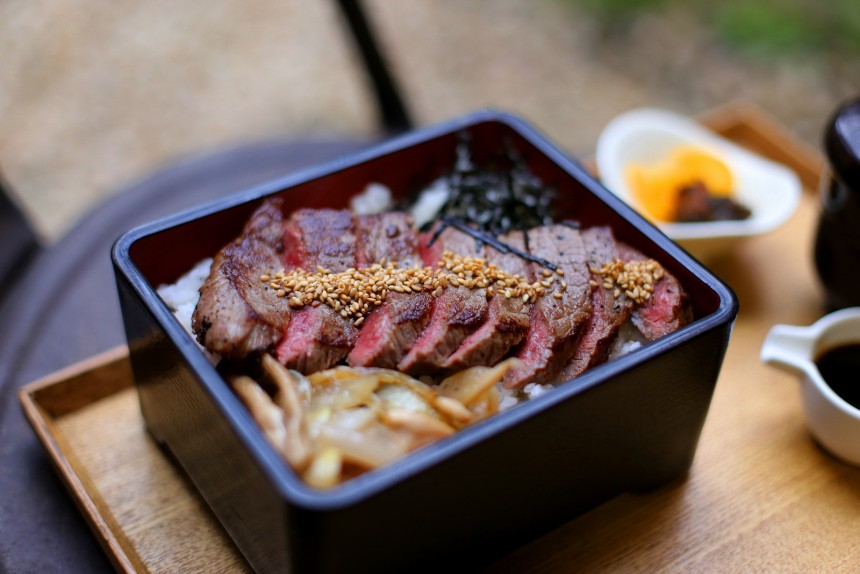
Just outside the shrine lies one of the prettiest shopping streets in Japan: Okage Yokocho. Recreating the townscape from the Edo period (1603 to 1867), the small town features a line of wooden houses converted into restaurants, teahouses and souvenir shops selling everything from local sake to cute paper dolls.
Located in a back-alley, Isuzugawa Café is the perfect place to enjoy a cup of freshly-brewed coffee with serene views over the river. Follow this with a stop at the great pottery shop beside the cafe, where you can stock up on plates and bowls of all sorts. When it comes to lunch, you should try one of the two local specialities: tekone-zushi (marinated raw tuna over rice) at Sushi-kyu or the renowned Matsusaka beef at Okuno restaurant further down the street.
Before leaving, stop by Akafuku Honten where the same family has been making mochi (pounded rice cake) using traditional methods for over 300 years. Thanks to its distinctive purple color and soft texture, the Akafuku mochi will make a great souvenir from your trip.
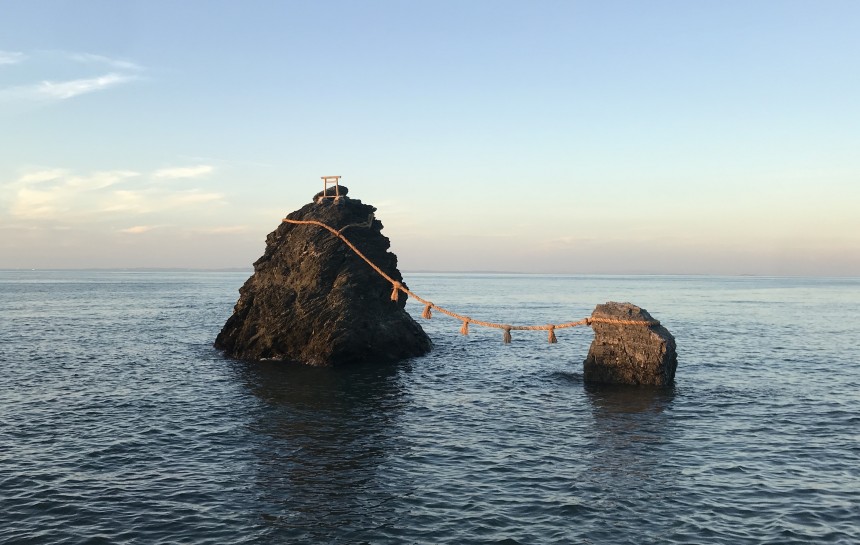
No visit to Ise would be complete without seeing the city’s most romantic site: Meoto Iwa. Known as “the wedded rocks”, the big and the small rocks are located in the middle of the sea off Futami and represent a married couple connected by a shimenawa (sacred rope). The best time to see the rocks is at dawn when the tide is high and the sun appears to rise between them.
TOBA
Located 17km away from Ise, the coastal city of Toba offers fantastic seafood and an opportunity to see one of Japan’s living legends – the Ama divers. Anyone who is a fan of James Bond will remember them from the movie You Only Live Twice.
The Ama have been free diving for shellfish and pearls for centuries, with the first references to these “women of the sea” dating back 2,000 years. Although they no longer go fishing naked, the tradition is still very much alive and of great support to the local economy.
As it is very rare to see the Ama diving in deep water, your best option is to visit the Mikimoto Pearl Island, where they hold daily performances. You will also get a chance to learn more about Kokichi Mikimoto who successfully created the first cultured pearl in 1893. His eponymous brand has since become the reference for cultured pearls and one of the world’s leading fine jewellers.
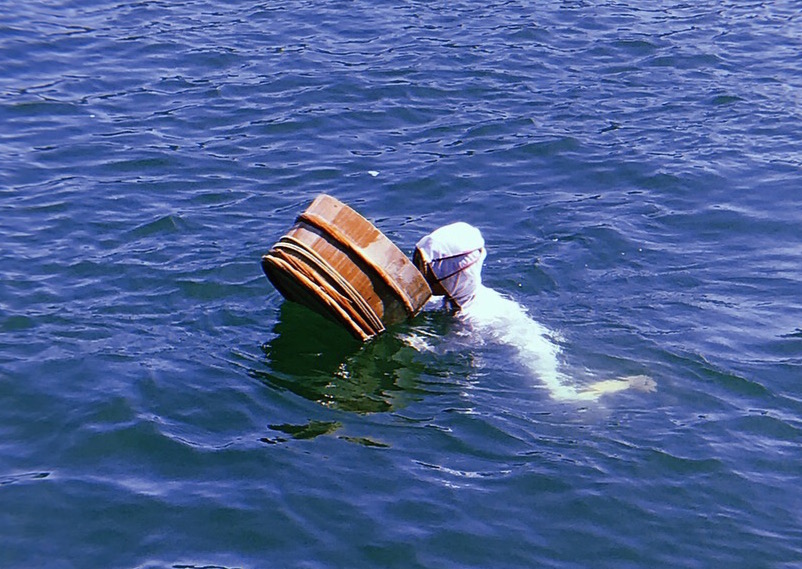
While witnessing the Ama divers in action is incredibly exciting, the best part of the experience is still ahead of you: feasting on their daily catch. A few restaurants on the seafront serve freshly-caught seafood, however I strongly advise a visit to a traditional Ama hut instead. There, you will be able to enjoy local delicacies (spiny lobster, abalone and turban shell to name a few) cooked on a grill by the Ama themselves, giving you a truly unique opportunity to meet these wonderful women and hear their tales of the sea.
If you are travelling with children, the Toba Aquarium and nearby Dolphin Island will both make great activities. You can also go hiking in the Ise-shima national park or continue your journey south to the Kumano region, which offers beautiful beaches as well as pilgrimage routes in the Kii mountain range, Japan’s spiritual heartland.
A journey to Mie Prefecture can be summed up in three words: mystical, inspiring and exciting. This beautiful corner of Japan will not stay under the radar for very long and now that the temperatures have finally started to drop and the koyo (autumn foliage) season is nearly upon us, there is no better time to go.

